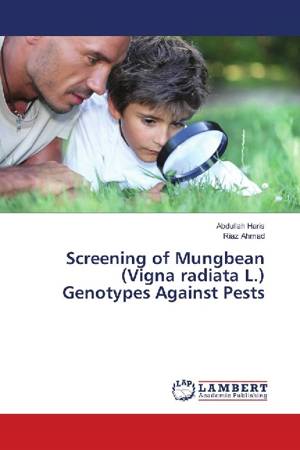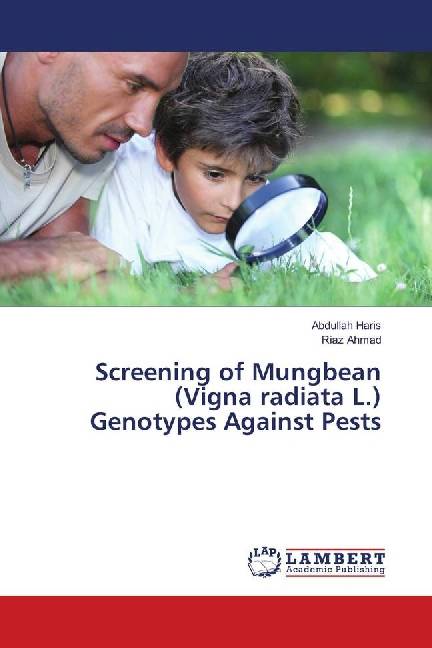
- Afhalen na 1 uur in een winkel met voorraad
- Gratis thuislevering in België vanaf € 30
- Ruim aanbod met 7 miljoen producten
- Afhalen na 1 uur in een winkel met voorraad
- Gratis thuislevering in België vanaf € 30
- Ruim aanbod met 7 miljoen producten
Zoeken
Screening of Mungbean (Vigna radiata L.) Genotypes Against Pests
Abdullah Haris, Riaz Ahmad
Paperback | Engels
€ 39,45
+ 78 punten
Omschrijving
Pulses are the most important source of vegetable protein in Pakistan. They are cultivated on 5% of the total cropped area. Their use ranges from baby food to delicacies of the rich and the poor. Mungbean (Vigna radiata L.) is an important legume in Asia, and being a rich and cheap source of protein can help people to improve the nutritional quality of their diets. The mungbean was domesticated in Mongolia, where its progenitor (Vigna radiata subspecies sublobata) occurs wildly about 3500 years ago mungbeans were widely cultivated throughout India. Mungbean crop has number of different pests including whitefly, aphid, pod borer and jassid etc. An experiment was conducted to screen out the comparatively less susceptible genotype of mungbean (Vigna radiata L.) against different insect pests from given genotypes M001, M002 and M003. The experiment was laid out in a randomized complete block design and replicated thrice. Standard agronomic practices were adopted during the entire crop season according to the crop requirement under pesticide-free conditions. The results show that maximum population of pests was recorded in M001 and minimum population of pests was recorded in M002.
Specificaties
Betrokkenen
- Auteur(s):
- Uitgeverij:
Inhoud
- Aantal bladzijden:
- 52
- Taal:
- Engels
Eigenschappen
- Productcode (EAN):
- 9783659676116
- Uitvoering:
- Paperback
- Afmetingen:
- 150 mm x 220 mm

Alleen bij Standaard Boekhandel
+ 78 punten op je klantenkaart van Standaard Boekhandel
Beoordelingen
We publiceren alleen reviews die voldoen aan de voorwaarden voor reviews. Bekijk onze voorwaarden voor reviews.











